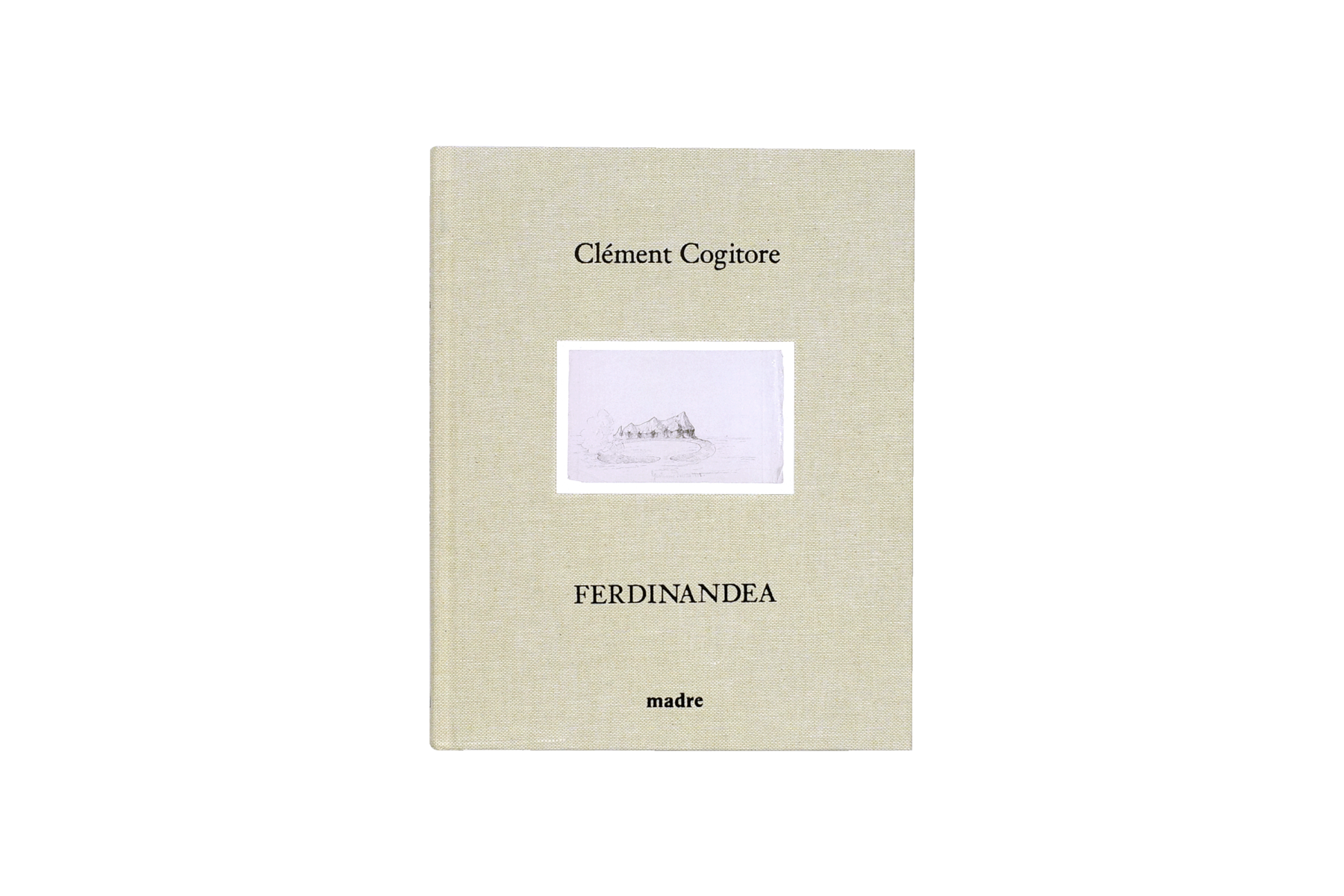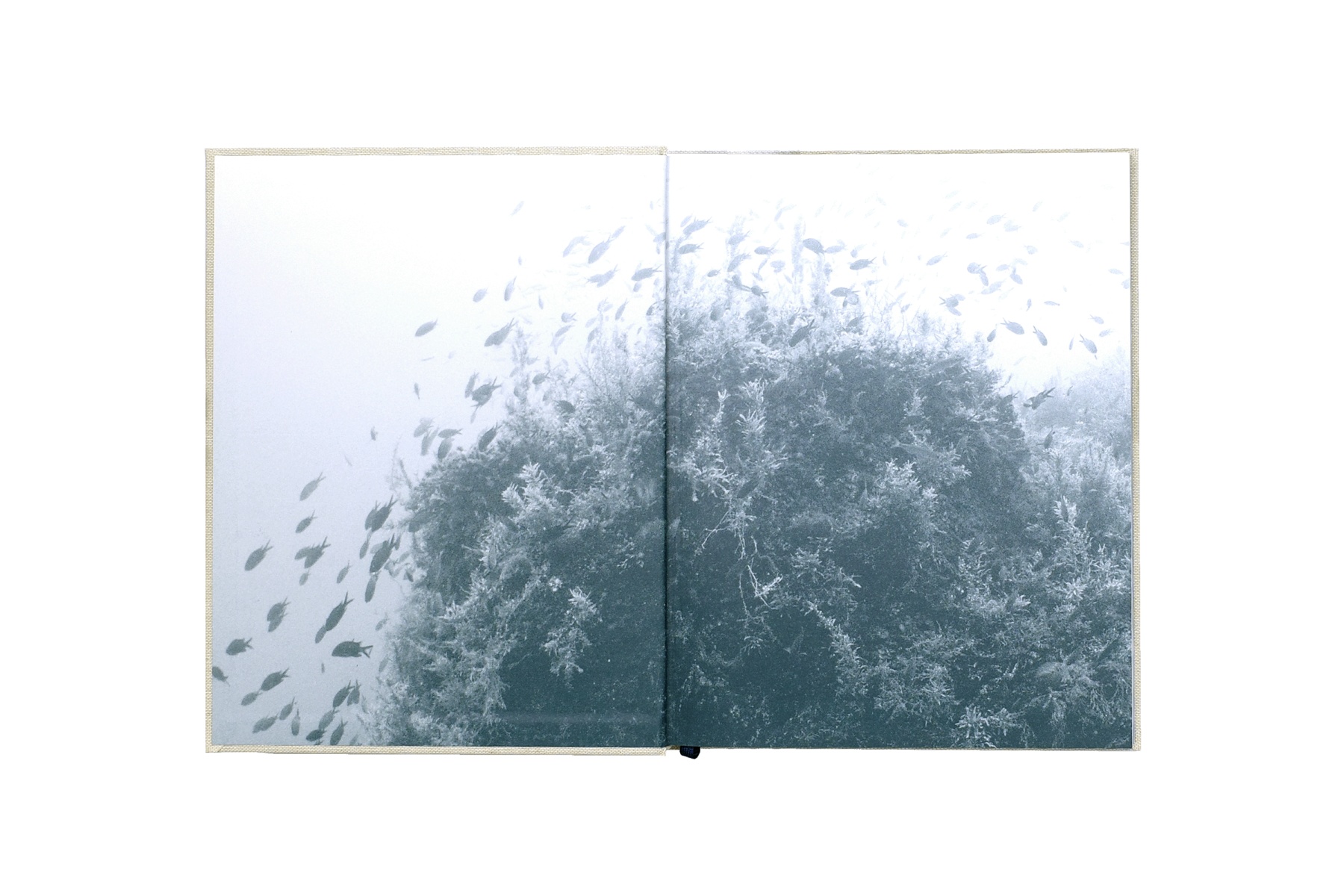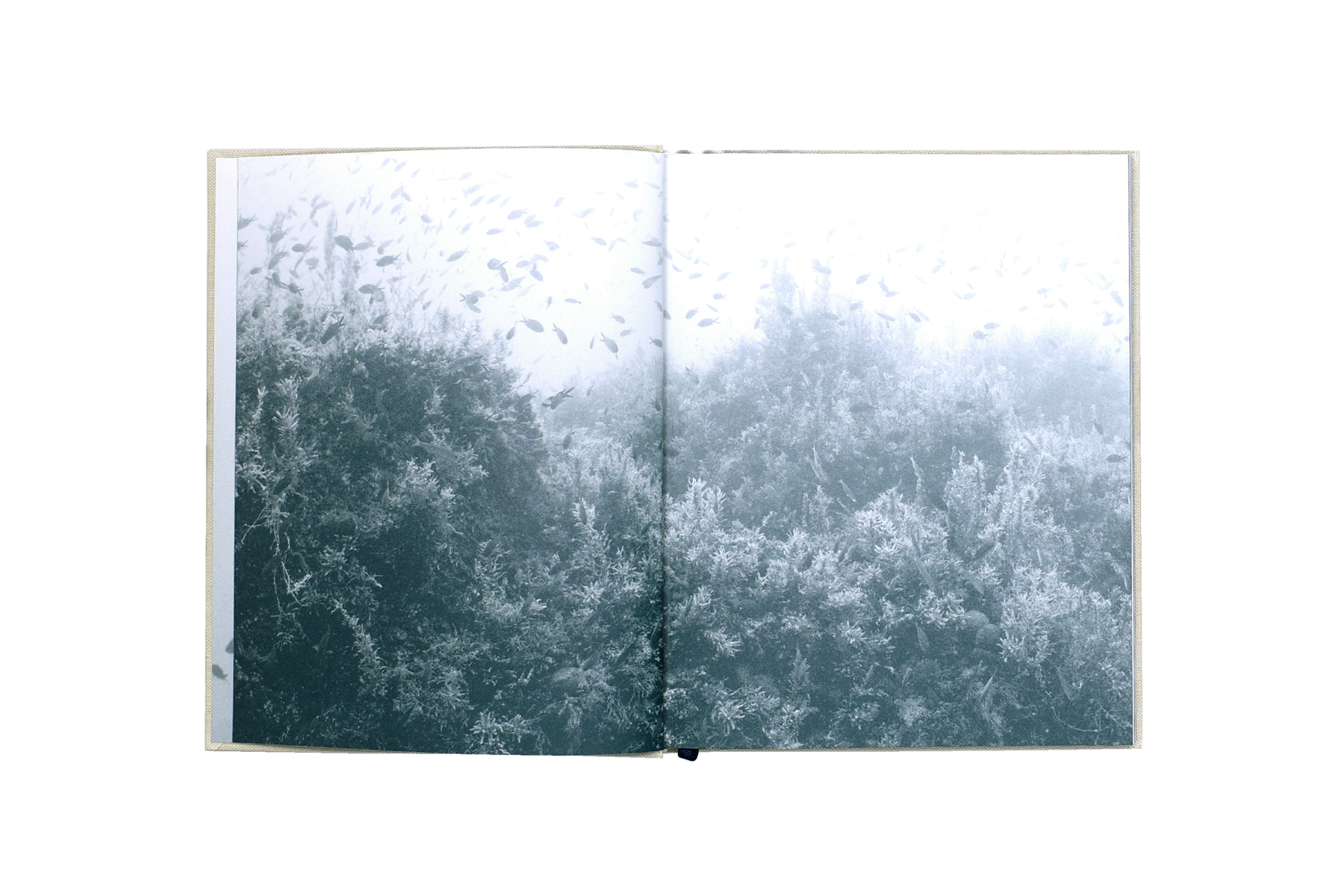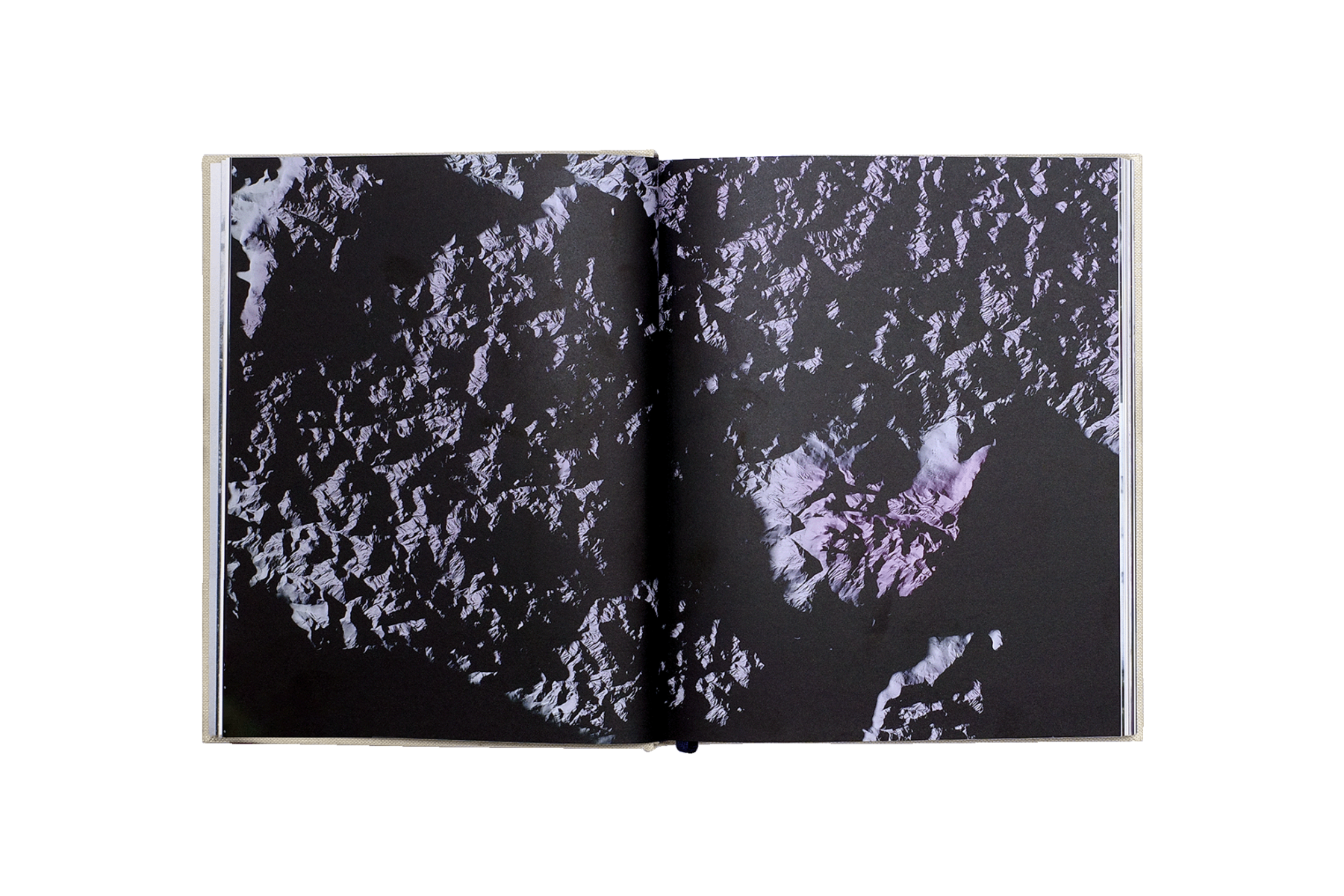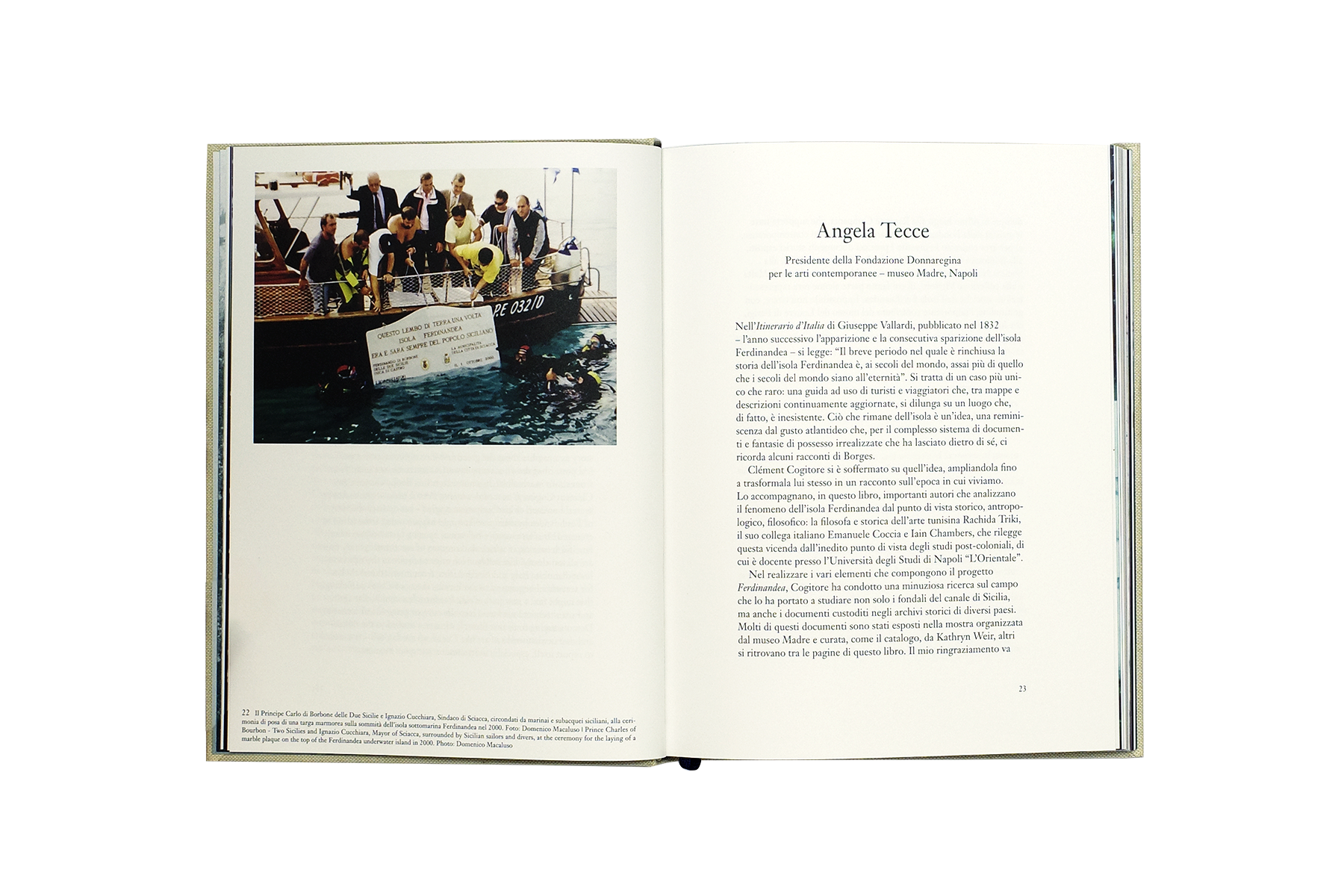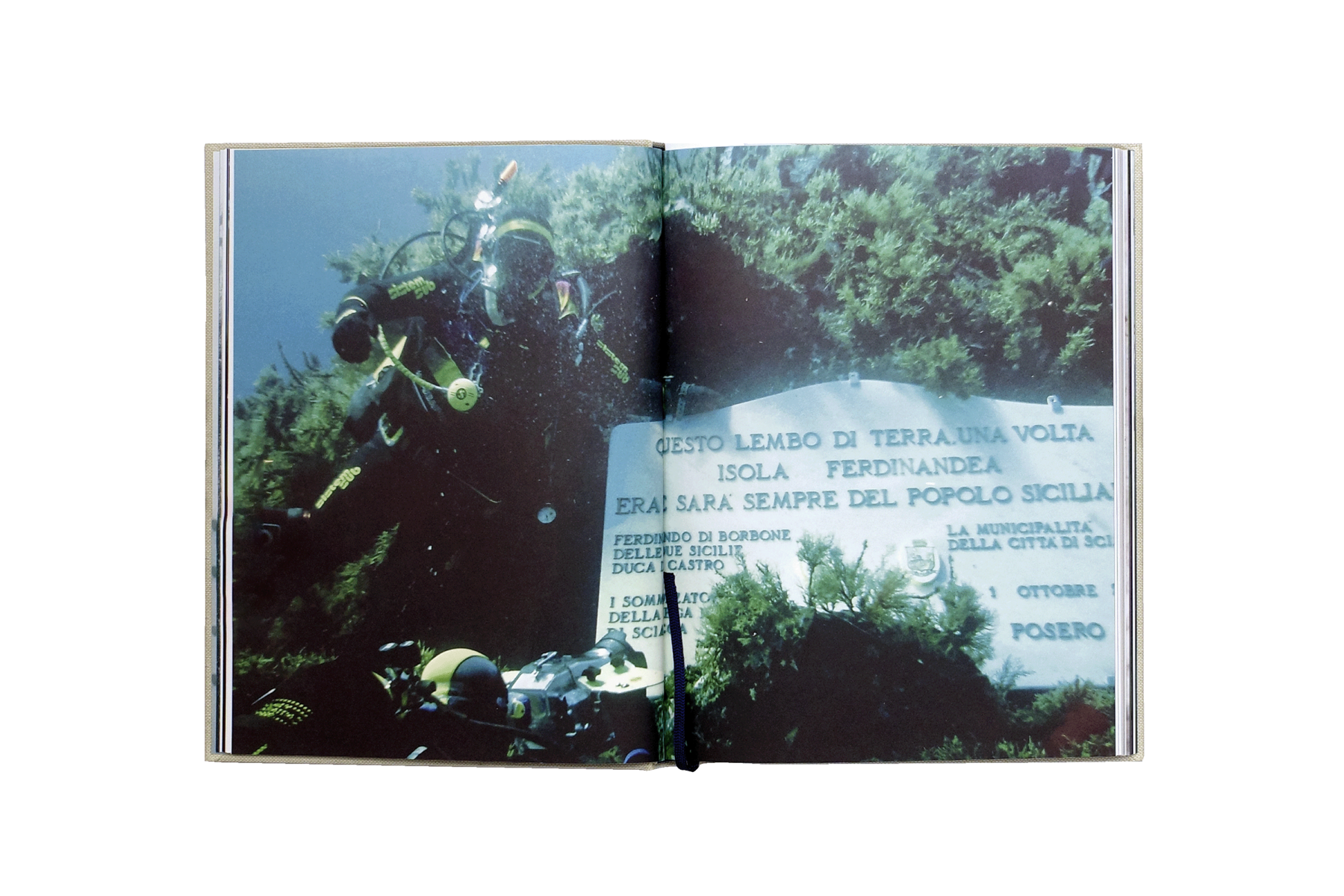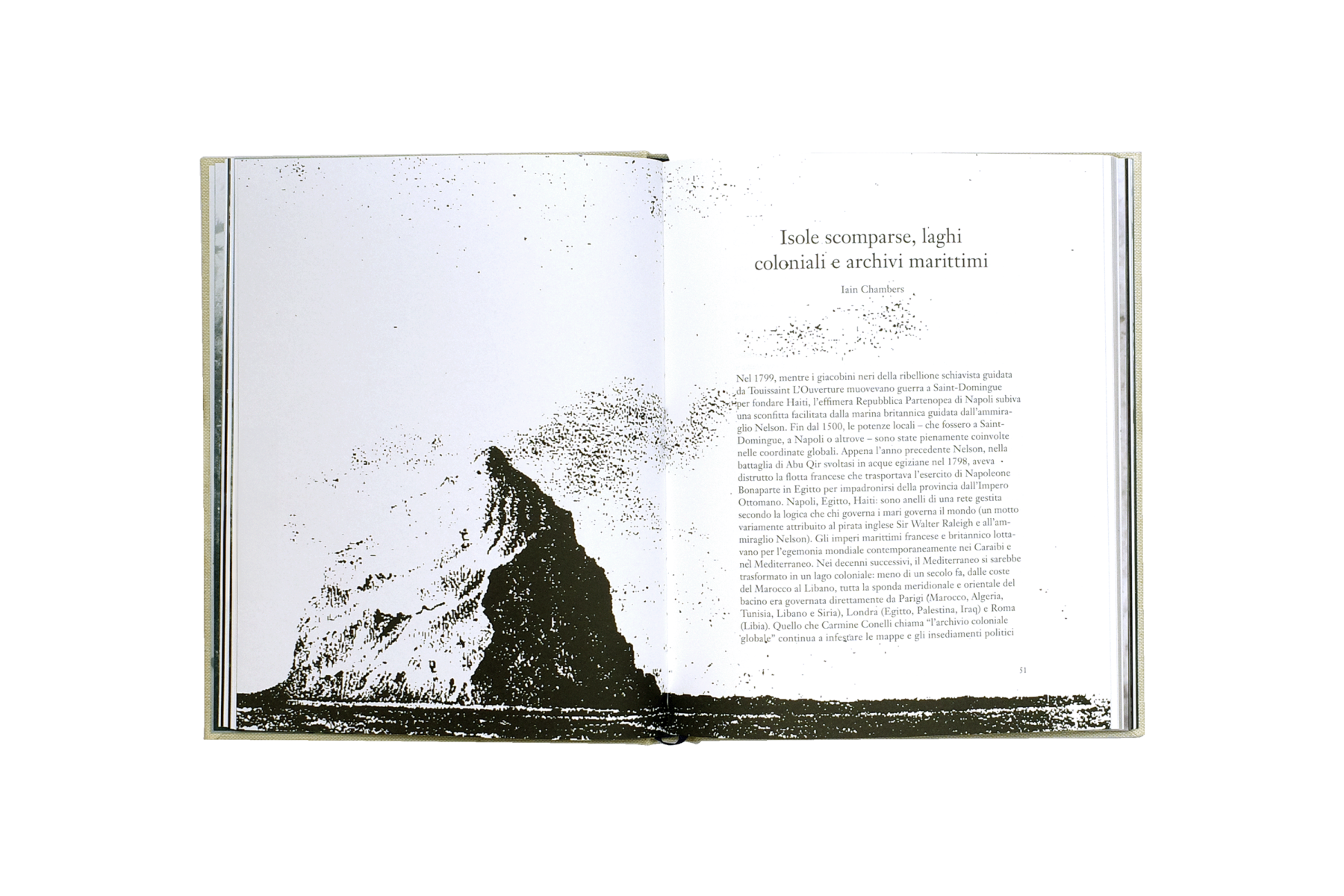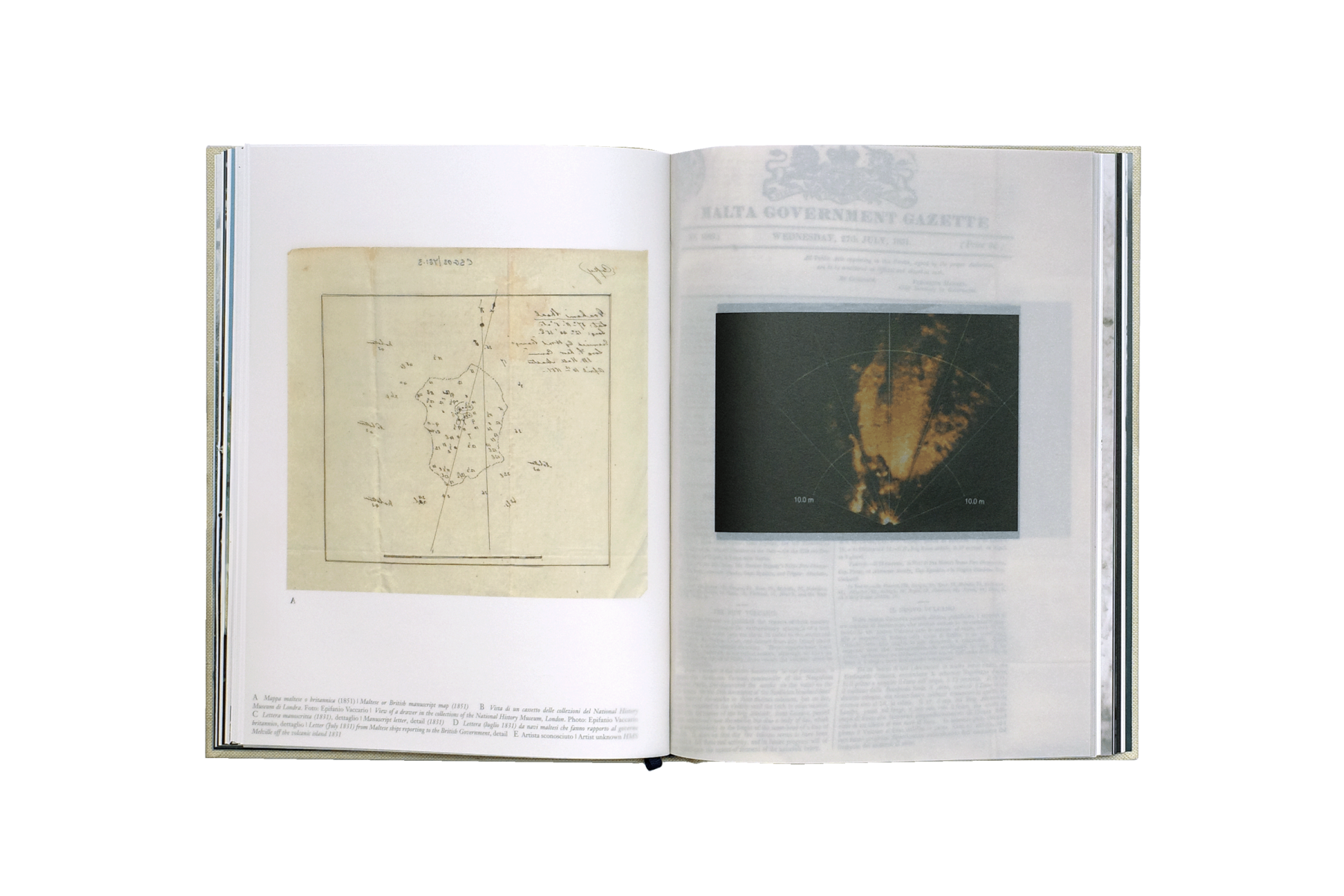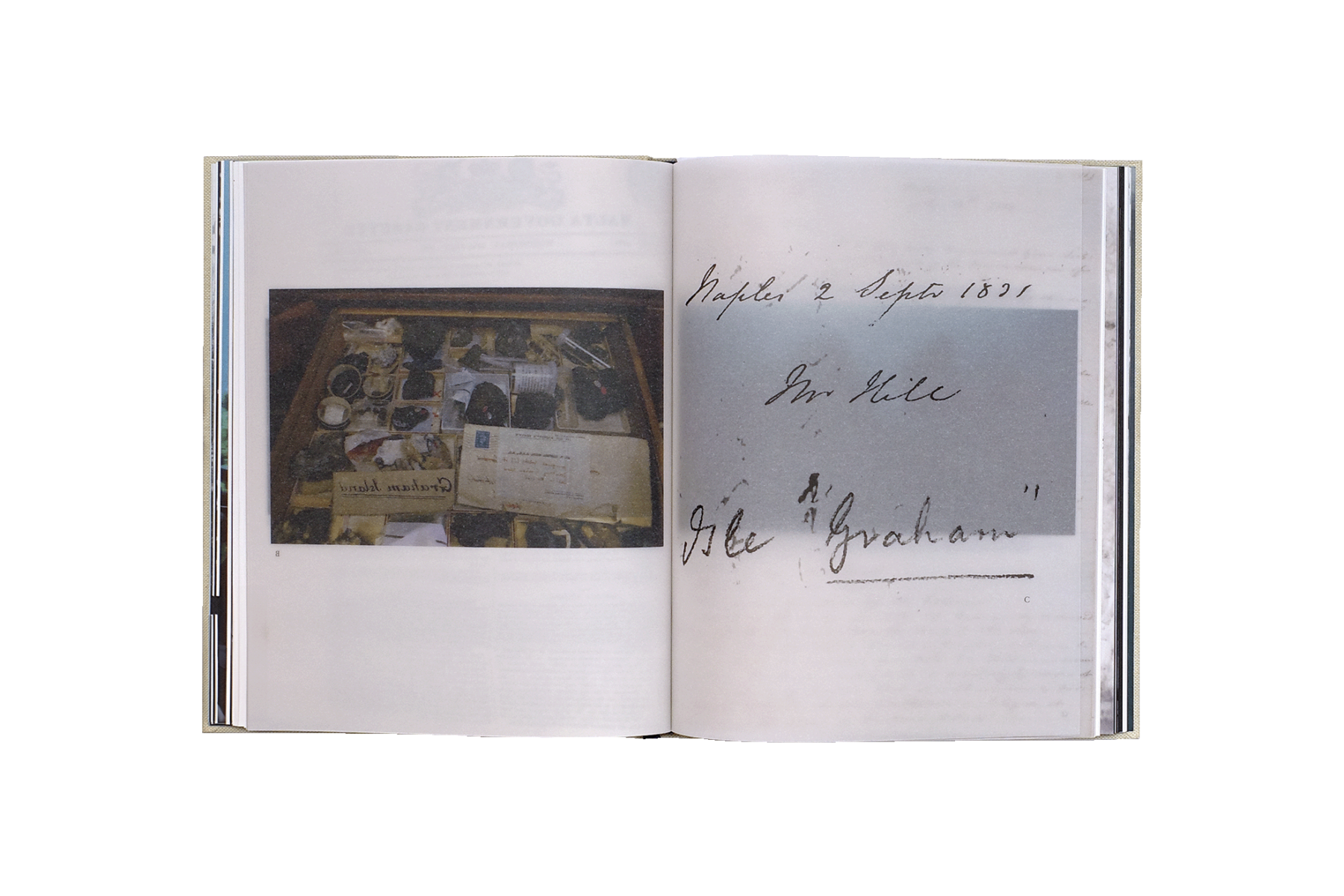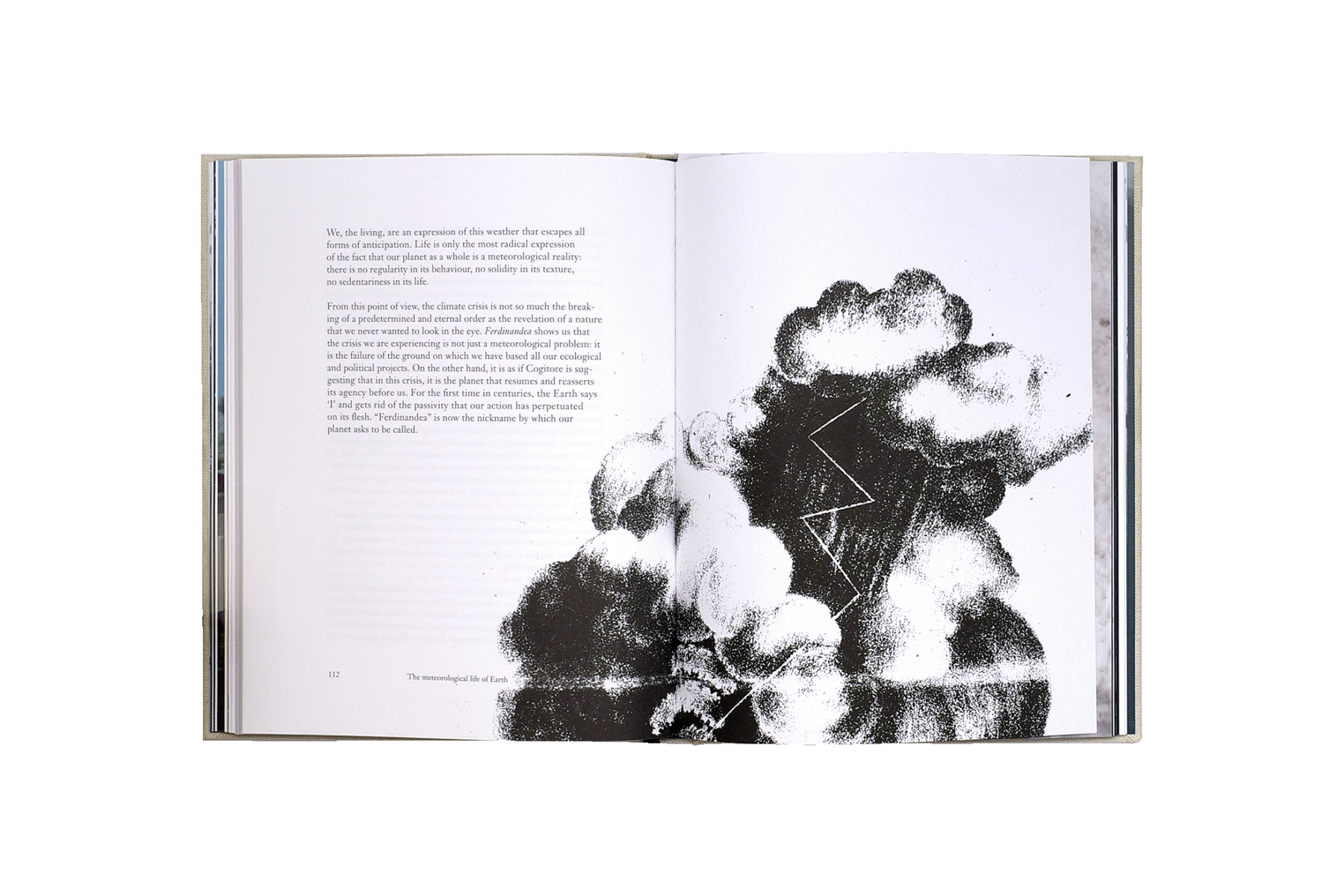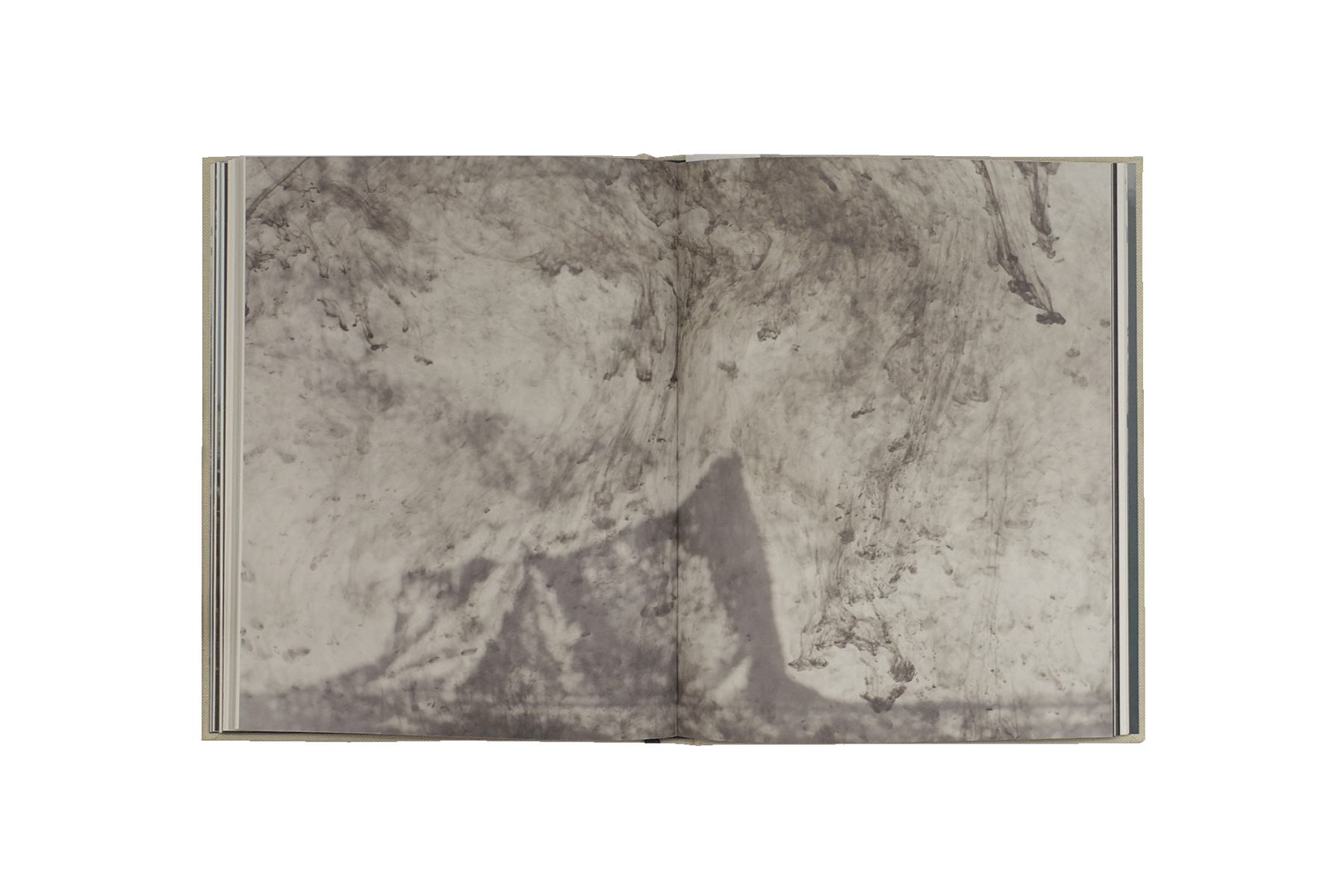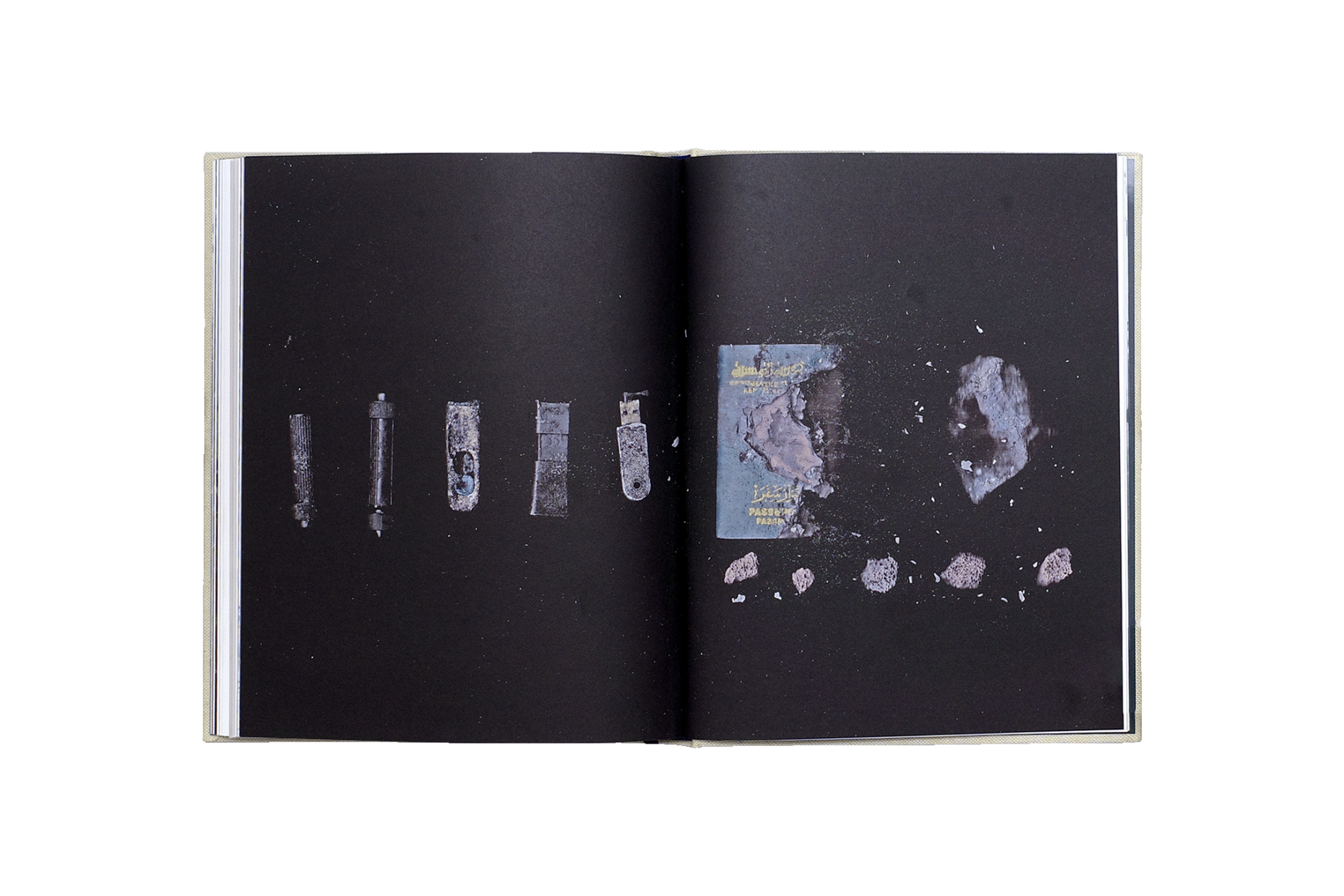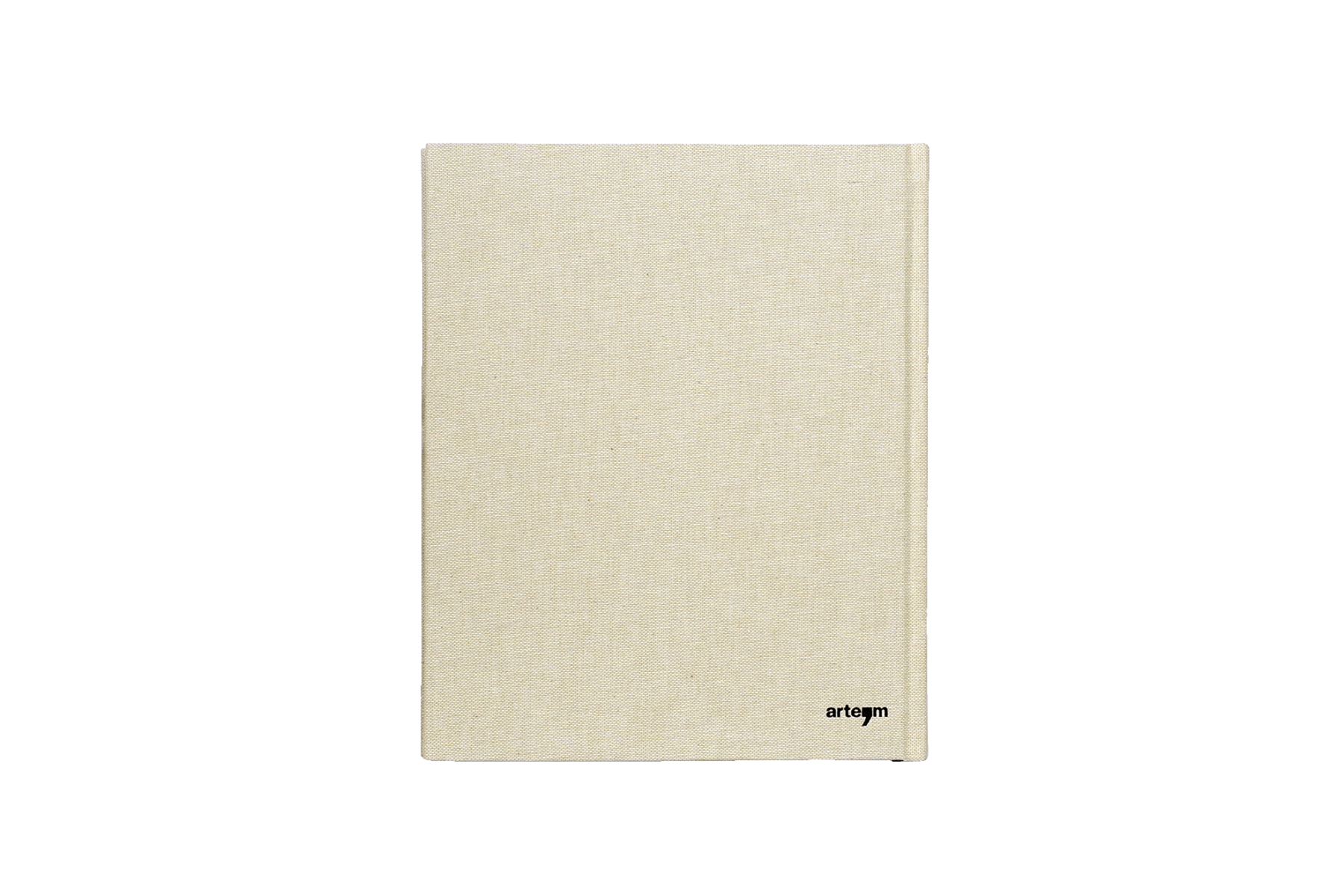Clément Cogitore, Ferdinandea
In June 1831, in the waters of the Mediterranean stretching between Sicily and Tunisia, an island emerged and quickly attracted the attention of European powers keen to lay claim to its strategic position. Clément Cogitore’s new body of work, Ferdinandea, speculates, through 16mm film, video, photographs and historical documents, on the rise, fall and possible reemergence of this ephemeral volcanic island. It was given many names – ‘Île Julia’ in France, ‘Graham’ in England, and, in the Kingdom of the Two Sicilies, it took the name of the reigning monarch, Ferdinand II di Borbone. Today, dormant eight meters below the waves, Ferdinandea could at any time re-emerge as a result of further seismic activity, and so spark new geopolitical manoeuvres. Cogitore orchestrates premonition, observation, metaphorical insight and fiction to consider what this tale may tell us of our current plight and our possible futures.
Ferdinandea’s rocky crest rose to 65 meters above sea level following a submarine volcanic eruption resulting from pressure exerted by the Eurasian on the African tectonic plate. Whilst the sailors and the inhabitants of the nearby coastlines feared the awakening of a deep-sea creature, the new territory rapidly became the target of European imperial aspirations and several expeditions were launched forthright with the intent of colonising this terra nullius. In just a few weeks, the island was claimed by Britain, France, and the Kingdom of the Two Sicilies. However, the competition would be short-lived; the newly formed island sank back under the waves of the Mediterranean just six months after its first appearance.
The exhibition opens with a selection of nineteenth century illustrations, maps and letters produced by geologists and cartographers sent by the competing nations eager to document the formation of the island and establish sovereignty. The archival materials reveal the cartographic impulse inherent to the European paradigm of territorial expansion and control. Before the arrival of these imperial envoys, the inhabitants of nearby coastal areas were the first to recount signs of the island’s apparition and of the volcanic activity that birthed it. Cogitore reconstructs these strange occurrences and premonitions in an evocative 16mm film.
Subsequently, the perspective plunges below sea level in a non-narrative film constructed from footage taken when the artist accompanied a scientific expedition to place a seismograph on the geological formation of the sometime island. As the camera follows the scientific equipment into the submarine landscape, Ferdinandea’s basalt blocks and former peaks are revealed in the growing obscurity and the vibrations registered by the seismograph mount a vigil for its awakening.
The exhibition cumulates in an intricately interwoven narration of the genesis of the island and the ensuing historical events up until the present, which progressively unfolds towards speculative futures and multiple possible scenarios. Different temporalities and registers of storytelling collide and resonate on this unstable and impermanent territory. The island’s mutations gesture to broader processes across Mediterranean history, linking past and present, land and water. In Cogitore’s multifarious account, Ferdinandea provides fertile ground to re-imagine the space of the ‘middle sea’ — once a site of the interweaving of cultures, now defined by necropolitics and hierarchic geographies that articulate systematic logics of exclusion. After navigating colliding historical and hypothetical events, the film closes with an evocation of the island’s outline like a shipwreck below the waters, lying in wait.
Edited by Vincenzo De Luca, Iain Chambers, Emanuele Coccia, Clément Cogitore, Angela Tecce, Rachida Triki and Kathryn Weir
English, 220 × 260 mm, 172 pages, color illustrations, hardcover, ISBN: 88-569-0947-2
Published by Artembooks
